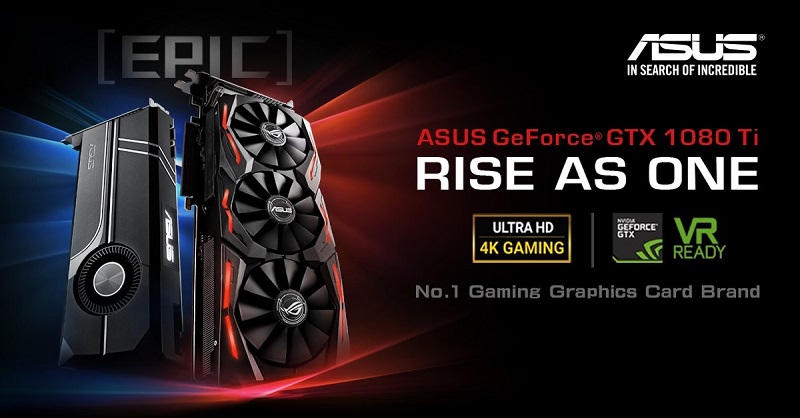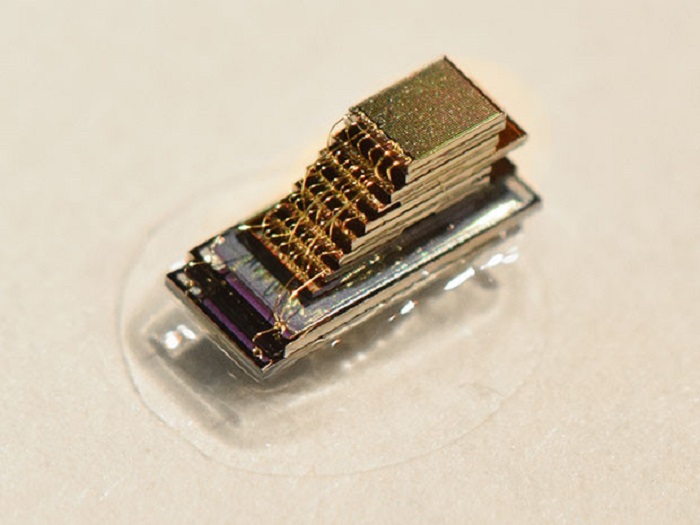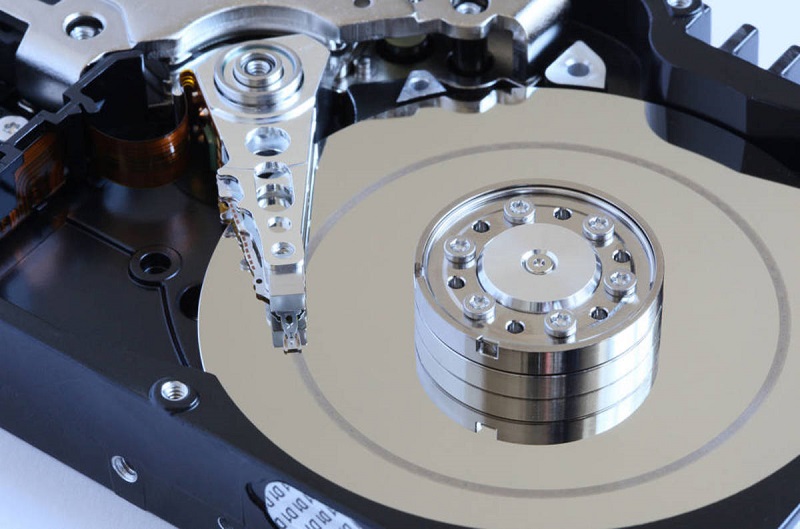Improving the performance of a computer, whether desktop or laptop, directly, simply and economically, is currently replacing the traditional hard disk with an SSD. At the price we can find them currently, it is a winning solution and does not require a significant effort or outstanding payout. At least for the improvement we get in return.
Advantages of SSD vs. Hard Drive
When thinking about changing a classic hard drive by an SSD the first thing that comes to mind is the speed improvement that we will get. But it is not the only one.
With very short access times and maximum speed transfers, which allow us to run applications faster or copy / move files faster, we must add that we are talking about units based on flash memory that do not have moving parts, So they are more reliable and resistant. This causes that the falls of the equipment do not pose a risk for the own data (if the SSD is not damaged, of course).
On reliability with time and GB of writing, as we discussed in the analysis of SSD Blue WD, except in very specific cases, we will change equipment or unit before the current begins to fail.
SSDs are also silent disks in their operation, and with a very reduced consumption compared to classic HDDs, since they do not require movement of any part. With the advancement in the capacity with which we can get them without the price, difference is very large compared to classic disks and increasing reliability, there is no reason not to have an SSD in our desktop or laptop except for very specific cases.
Read more









